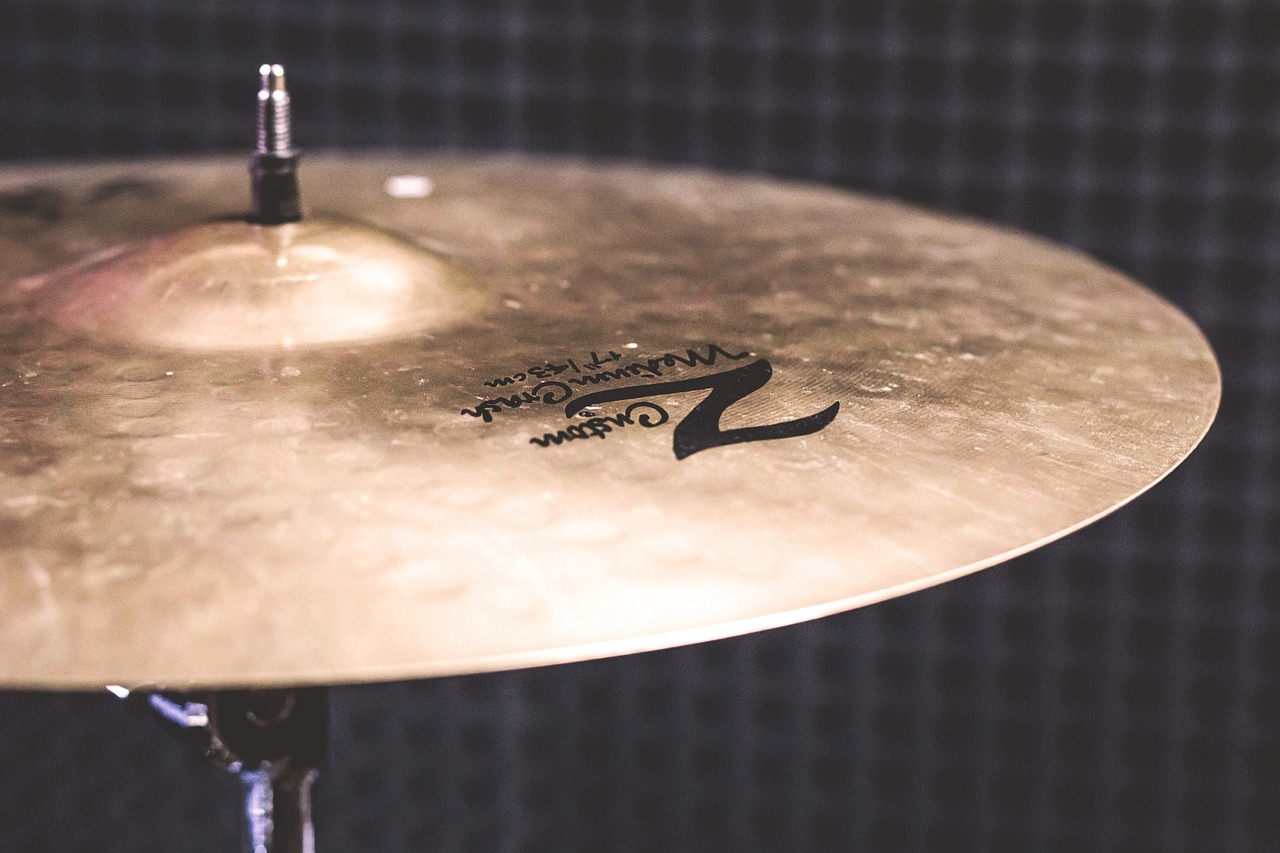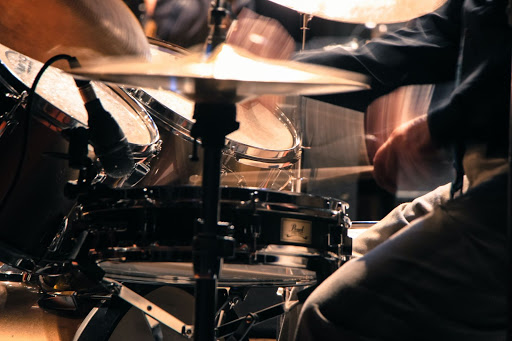Quiet Cymbals for Home Practice: Tips & Guide
Cymbals are part of a drum kit that you need to constantly practice. Especially if you have just started playing drums and search for your own sound. But how to practice at home? For this, many amateurs use quiet cymbals, and in this article, you will learn how to choose them properly.
How Cymbals Can Be Quiet?
Not all aspiring musicians have the opportunity to take lessons in professional studios or schools. Especially in the context of a global pandemic, when most people are trying to limit their contacts, homeschooling has become a trend, thanks to which many of us are gaining new skills. Drumming is no exception. However, how can you practice drumming at home? This instrument is quite loud, and the cymbals are designed to produce bright and loud sounds during the performance. And yet there is a way out that is called the quiet cymbals.
Low volume or quiet cymbals are usually misunderstood. In fact, many professional drummers choose low-noise cymbals for practice sessions and small gigs, when you don’t need to play loud and achieve sharp tunes. Despite the fact that low-noise cymbals are thinner than ordinary cymbals for performing, they give the same feeling and require even more skills for achieving a perfect sound.
Key Points to Choose Low-Noise Cymbals
There are some basics any amateur drummer should know to find a good cymbal kit.
Plate shape is important
The shape of the cymbal has a huge impact on the sound. Cymbal bending is an essential process in shaping its basic sonic characteristics.
- A plane bend has relatively less stress in the material. The basic sound of such a cymbal is warm and dark, with a quick response;
- A medium bend creates tension in the material. Its basic tone is full and rich, with a medium accent and a direct response;
- A sharp bend has strong tension of the material. It creates a very powerful and rich sound with strong soprano and clear, high-pitched tones.
Another important feature is the dome of the cymbals. Flat cymbals create a passive, less powerful sound that decays quickly. Heavy models with a large dome are louder, more pinged, and richer in overtones than thin cymbals with a small dome. Therefore, you should take into account cymbal options with flat domes.
The heavier a cymbal – the louder the sound
Weight is a crucial factor for determining the loudness and noise level of a cymbal. Professional heavy models are usually marked with words like power, rock, or metal, while medium, medium-thin, thin, or jazz refer to light, low-noise models, which makes them the perfect candidates for your practice sessions.
However, you should remember that using light and thin cymbals is not only for training and skill gaining. They’re perfect for playing in small halls, flats, or any other small spaces, because thin cymbals require less hitting and, therefore, produce less noise. That’s why you don’t have to buy a cymbal kit that is very cheap or too expensive. Just make sure that the option you intend to purchase gives cool sounds and is made of a reliable alloy mix.
Consider the material
The sound and noise level of cymbals mainly depends on the alloy they are made of. The best choice of alloy should be made of bronze with the addition of 20% tin. This alloy is marked as B20 and is used by almost all modern manufacturers of drums. The B8 alloy visually differs from the B20 models with its reddish color. The sound of B8 is clear and bright, while the B20 cymbals sound warmer and softer. We suggest you check Zildjian and Sabian low-noise cymbals since these brands are famous for making top to mid-range cymbals in B20 bronze.
Have Fun
Don’t forget that playing drums should bring you joy, and the main criterion to choose your perfect kit of quiet cymbals is your comfort. If you’re feeling good while playing the instrument, you like the sound it makes, and it makes you happy, don’t hesitate to take it home.


